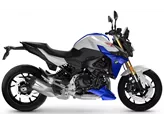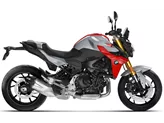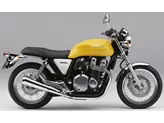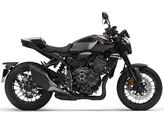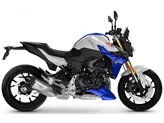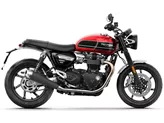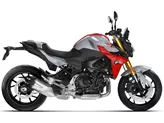BMW F 900 R 2020 vs. Kawasaki Z900 RS 2018
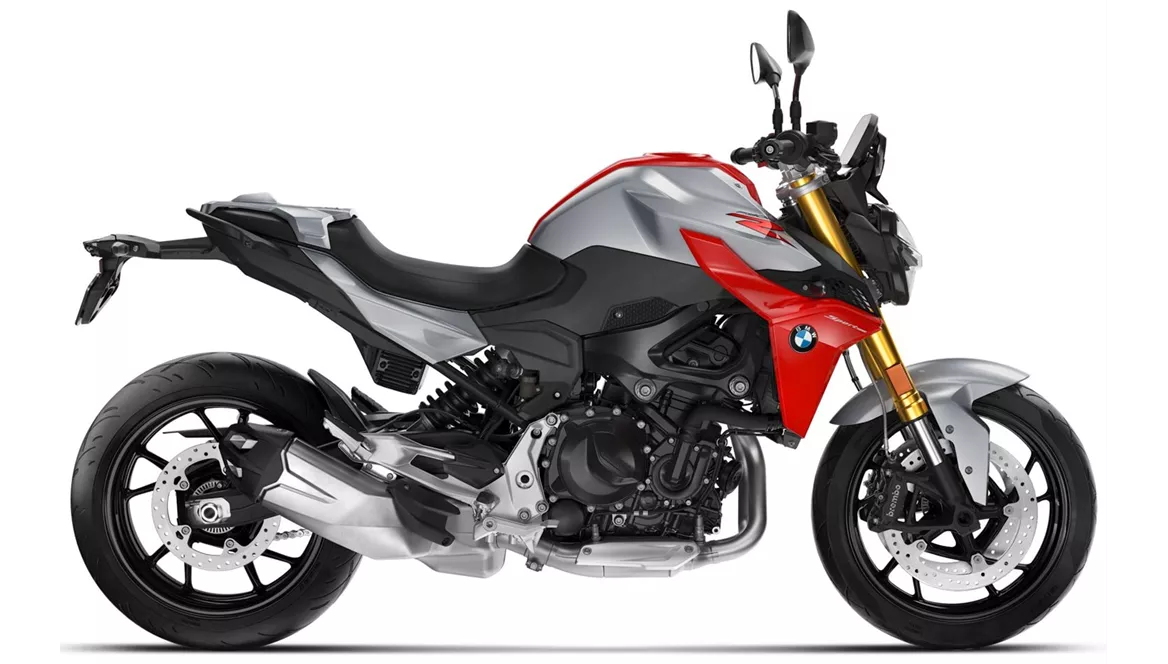
BMW F 900 R 2020

Kawasaki Z900 RS 2018
Overview - BMW F 900 R 2020 vs Kawasaki Z900 RS 2018
The BMW F 900 R 2020 and the Kawasaki Z900 RS 2018 are both naked bikes with similar engine types, inline configurations, and liquid cooling systems. However, there are several differences between the two models.
In terms of engine power, the Kawasaki Z900 RS 2018 has a slight advantage with 111 HP compared to the BMW F 900 R 2020's 105 HP. Similarly, the Z900 RS has a higher torque rating of 98.6 Nm compared to the F 900 R's 92 Nm. This indicates that the Kawasaki may offer slightly better acceleration and overall performance.
Both motorcycles feature fuel injection systems and have four cylinders. However, the BMW F 900 R has a smaller displacement of 895 ccm, while the Kawasaki Z900 RS has a larger displacement of 948 ccm. This suggests that the Z900 RS may have a slight advantage in terms of overall power and performance.
In terms of suspension, both motorcycles have upside-down telescopic forks at the front and swing arm suspension at the rear. They also both feature monoshock rear shock absorbers with preload and rebound adjustment. This indicates that both bikes offer similar suspension setups and should provide a comfortable ride.
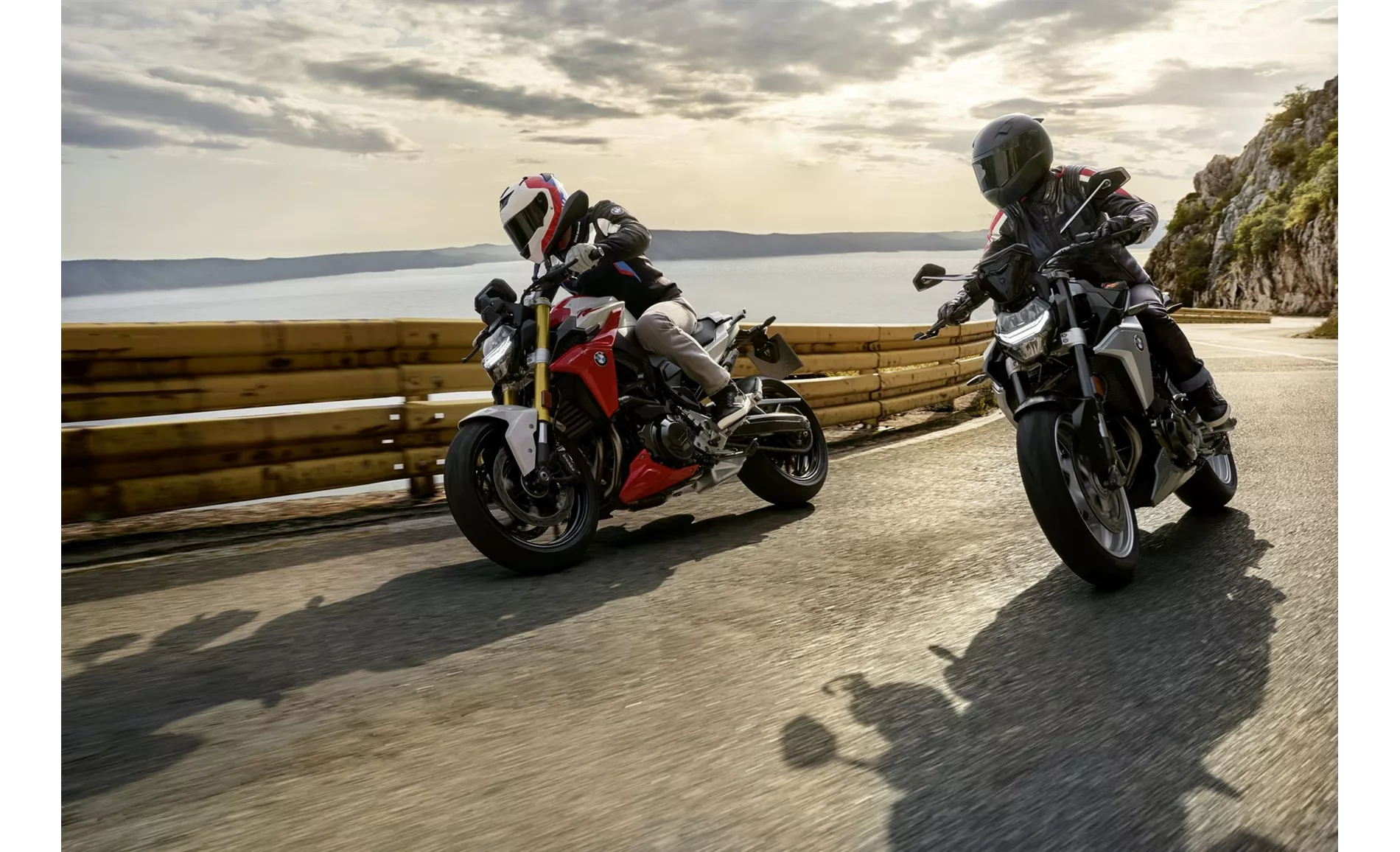
BMW F 900 R 2020
The chassis of the BMW F 900 R is made of steel and has a twin-tube, load-bearing engine design. On the other hand, the Kawasaki Z900 RS has a steel frame with a tubular design. While both frames are made of steel, the BMW's load-bearing engine design may offer better stability and handling.
Both motorcycles have double disk brakes at the front with four-piston calipers. However, the BMW F 900 R has larger front brake disks with a diameter of 320 mm compared to the Z900 RS's 300 mm disks. This suggests that the BMW may offer slightly better braking performance.
In terms of rider assistance systems, the BMW F 900 R 2020 features ABS, anti-slipping control, and riding modes. On the other hand, the Kawasaki Z900 RS 2018 offers ABS, ride by wire, and traction control. Both bikes provide advanced rider assistance systems, enhancing safety and control.

Kawasaki Z900 RS 2018
In terms of dimensions and weights, the BMW F 900 R has a smaller wheelbase of 1518 mm compared to the Z900 RS's 1470 mm. The seat height of the F 900 R is also slightly lower at 815 mm compared to the Z900 RS's 835 mm. Additionally, the BMW F 900 R is lighter with a kerb weight of 211 kg compared to the Z900 RS's 215 kg.
One disadvantage of the BMW F 900 R is its smaller fuel tank capacity of 13 liters, which may require more frequent refueling compared to the Z900 RS's larger 17-liter tank. However, the BMW F 900 R has a well-behaved engine and offers easy handling and high stability. It also has an infinitely long list of accessories available, allowing riders to customize their bike to their preferences.
On the other hand, the Kawasaki Z900 RS has a powerful and smooth engine, good looks, and a comfortable seating position. It is easy to ride and offers balanced handling, making it suitable for riders of various skill levels. However, it lacks a shift assistant, is heavier than other retro bikes in its class, and does not provide wind protection.
In conclusion, both the BMW F 900 R 2020 and the Kawasaki Z900 RS 2018 have their strengths and weaknesses. The BMW offers easy handling, high stability, and a well-behaved engine, while the Kawasaki provides a powerful engine, good looks, and a comfortable seating position. Ultimately, the choice between the two models will depend on the rider's preferences and priorities.
Technical Specifications BMW F 900 R 2020 compared to Kawasaki Z900 RS 2018
Pros and Cons in comparison
Pros and Cons in comparison
BMW F 900 R 2020
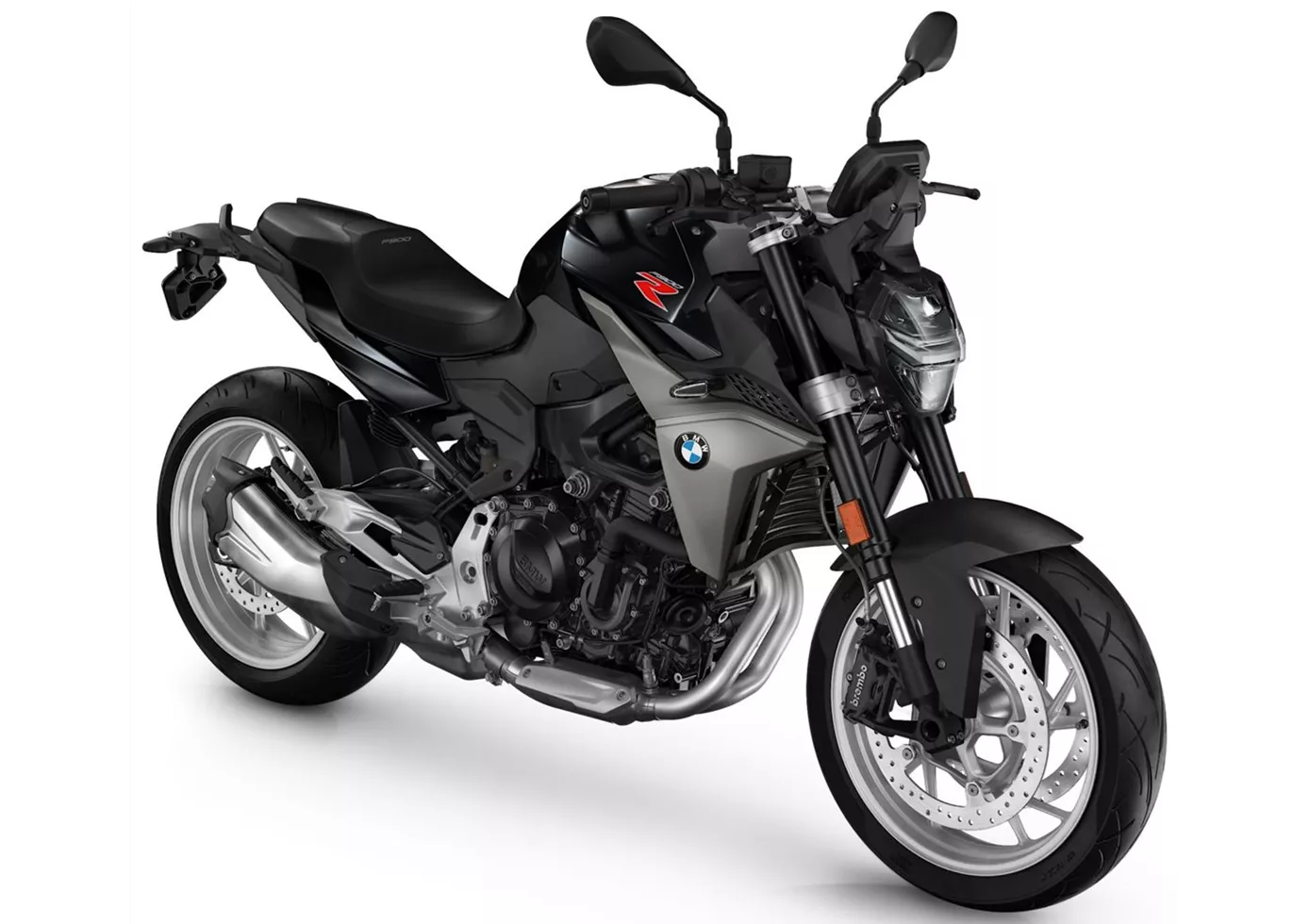
The BMW F 900 R offers easy-to-use cornering fun, enormously high stability, an active yet comfortable riding position and a smooth but also unemotional engine. Those who like it fast and twisty will be happy with it. The possibilities for configuration are almost endless but of course not free of charge.
Kawasaki Z900 RS 2018

Its four-cylinder is silky smooth while delivering enough power to make you grin under your helmet. It is also very easy to move, which should make it a great commuter bike in everyday life and serve as an iconic fun bike at the weekend. The looks find the perfect straddle of classic design and modern details to form a coherent retro package that is also a worthy tribute to Kawasaki history. It's a great naked bike with a snazzy look.
Price Comparison Avarage Market Price BMW F 900 R vs Kawasaki Z900 RS
There are a few key differences between a BMW F 900 R 2020 and a Kawasaki Z900 RS 2018. In terms of price, the actual average price of a Kawasaki Z900 RS 2018 is about 27% higher. A BMW F 900 R 2020 experiences a loss of 700 USD in one year and 700 USD in two years of ownership. This is offset by a loss of 900 USD and 1,070 USD for a Kawasaki Z900 RS 2018. Compared to Kawasaki Z900 RS 2018 there are less BMW F 900 R 2020 bikes available on the 1000PS.de Marketplace, specifically 14 compared to 28. It takes less time to sell a BMW F 900 R with 82 days compared to 154 days for a Kawasaki Z900 RS. Since model year 2020 1000PS.de editors have written 24 reviews for the BMW F 900 R and 26 reviews for the Kawasaki Z900 RS since model year 2018. The first review for the BMW F 900 R was published on 11/5/2019 and now has more than 154,700 views. This compares to more than 63,700 views for the first review on Kawasaki Z900 RS published on 9/6/2017.





